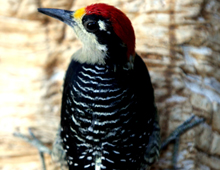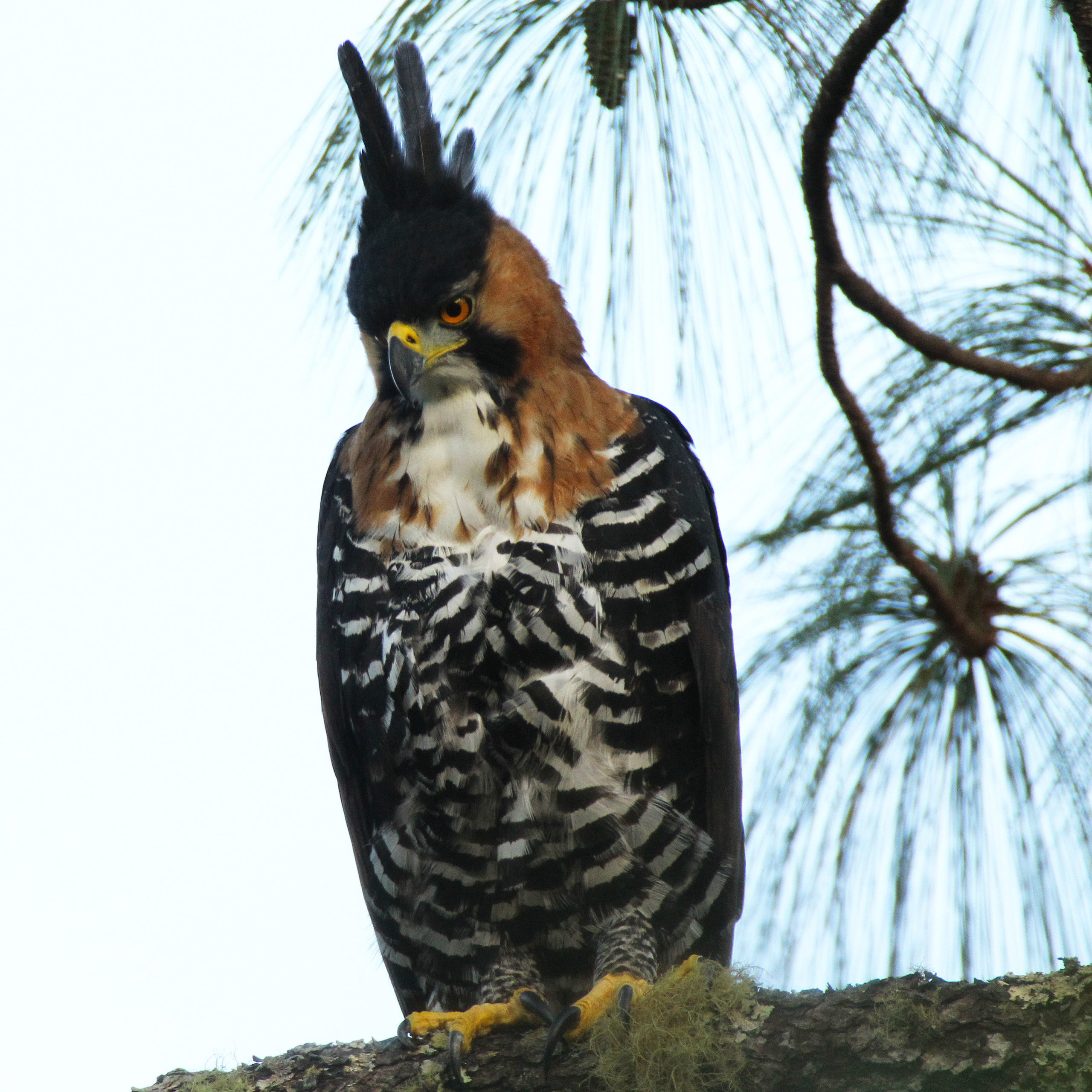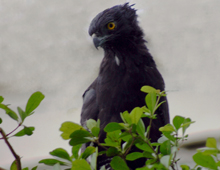Birds (including free flight)

Woodpeckers, Picidae
The 216 species of woodpeckers are found across the Americas, Europe, Asia, and Africa, of which 109 live in Mexico, Central, and South America, and the Caribbean. They are important components of the tropical American ecosystem, as other birds, such as trogons, use the nests they excavate in trees. True to their name, their skulls, beaks and tongues are uniquely adapted to extracting insects from trees. Tropical American woodpeckers are uncommon in zoos, but the DWA has done well with four species: Red-crowned woodpecker (Melanerpes rubricapillus), Puerto Rican woodpecker (Melanerpes portoricensis), Panamanian acorn woodpecker (Melanerpes formicivorus striatipectus) and the Golden-naped woodpecker (Melanerpes chrysauchen).
LEARN MORE
Ornate hawk-eagle, Spizaetus ornatus
This beautiful bird has always been a rare exhibit. The DWA has had unusual success propagating this species. Young birds have white heads. Weighing less than four pounds, it easily takes such large prey as monkeys, curassows, and macaws. Like the Near Threatened Harpy and Crested eagles, they prefer building nests in Ceibas and other huge trees, but are more tolerant of disturbed forest and not yet considered threatened.
LEARN MORE
Black hawk-eagle, Spizaetus tyrannus
The biodiversity of New World rain forests is demonstrated by the abundance of eagles that can be found in one place. This species (in addition to the Ornate hawk-eagle, the Guiana crested eagle, the Harpy Eagle and the Black-and-white Hawk-eagle) all range from Meso-America, through Amazonia and beyond in South America. All five are kept at the DWA, the only place to now do so. Also called the Tyrant hawk-eagle, this rarely-kept species has not yet bred in collections. Fertile eggs have been laid at the DWA.
LEARN MORE

